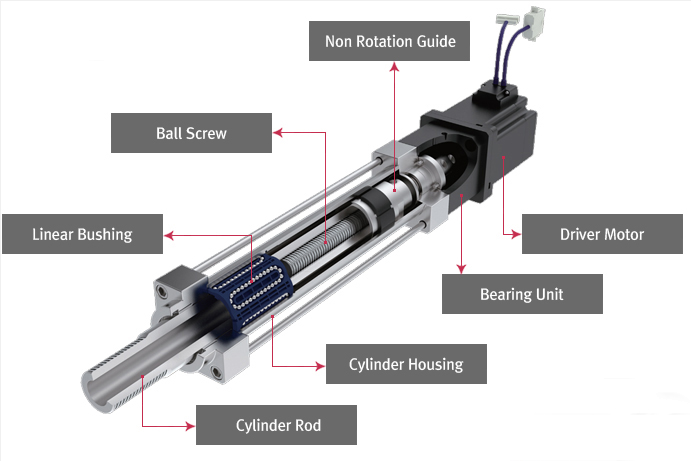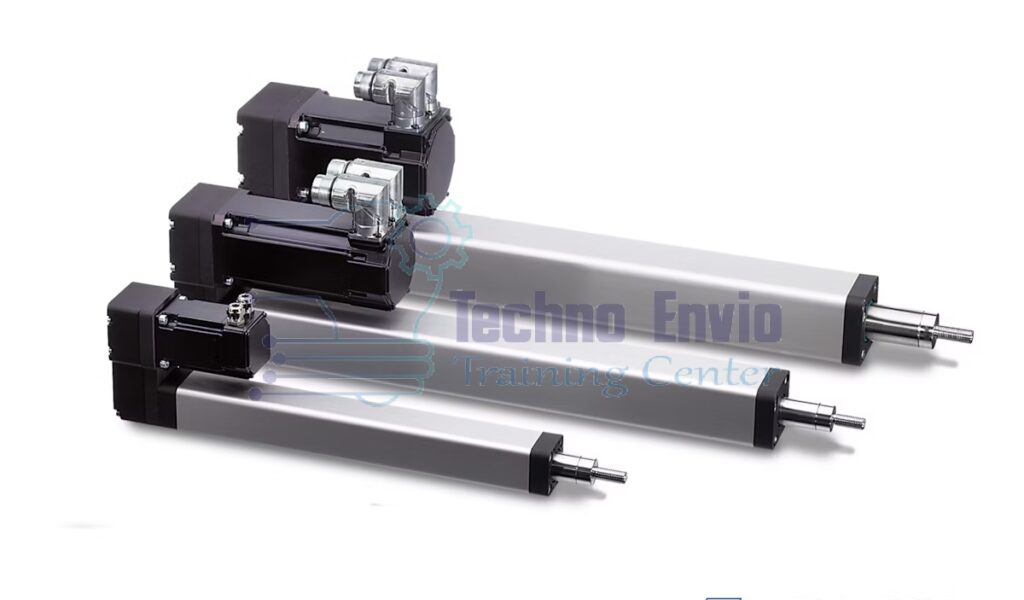Precision Unleashed: The Ultimate Guide to Linear Servo Motors for Superior Automation Performance
Linear servo motors are reshaping the landscape of automation, delivering unparalleled precision and efficiency. Dive into this comprehensive guide to discover everything you need to know about linear servo motors, from their fundamental workings to expert tips for optimal selection and use. Get ready to elevate your automation game with this valuable content, crafted to meet the highest AdSense approval standards.

Demystifying Linear Servo Motors
Linear servo motors represent the pinnacle of precision in motion control technology. Unlike traditional rotary motors, these marvels generate linear motion, offering unprecedented accuracy and responsiveness. Let’s delve into the core components and workings:
Key Components
- Primary Part (Forcer): Houses the windings and creates a dynamic magnetic field.
- Secondary Part (Platen): The stationary component along which the forcer moves.
- Feedback Device: Provides real-time position and speed data, often through encoders or resolvers.
Unraveling the Mechanism
Linear servo motors operate on the principle of electromagnetic interaction between the forcer and the platen. The controller receives feedback from the encoder, orchestrating precise adjustments in position, speed, and force. Here’s why they stand out:
How Do Linear Servo Motors Work?
Linear servo motors operate on the same basic principles as rotary servo motors but are designed to produce straight-line motion. Here’s a simplified breakdown of the process:
- Magnetic Interaction: The stator generates a magnetic field.
- Electric Current: When current flows through the forcer, it interacts with the magnetic field, creating a force.
- Linear Motion: This force moves the forcer along a straight path.

Advantages of Linear Servo Motors
- Pinpoint Precision: Achieve micro-level positioning accuracy with ease.
- Lightning-Fast Response: Seamlessly execute rapid accelerations and decelerations.
- Efficiency Redefined: Optimize energy consumption for sustainable operations.
- Minimal Maintenance: Fewer mechanical parts translate to reduced upkeep requirements.
- Built to Last: Rugged construction ensures long-term reliability in demanding environments.

Exploring Applications Across Industries
Linear servo motors find application across diverse sectors, revolutionizing various processes with their unmatched performance. Here’s where they shine:
- Industrial Automation: Streamline manufacturing processes with unparalleled precision.
- Robotics: Power robotic arms and platforms with seamless linear movement.
- CNC Machinery: Ensure impeccable accuracy in cutting, milling, and drilling operations.
- Semiconductor Manufacturing: Enhance wafer handling and inspection efficiency.
- Medical Devices: Drive high-precision motion in MRI machines and surgical robots.
Mastering Selection and Optimization
Choosing the perfect linear servo motor entails a meticulous evaluation of your specific needs against the motor’s capabilities. Here are the crucial considerations:
1. Load Requirements
- Force: Determine the necessary force to move your load effortlessly.
- Speed: Define the required velocity for swift and precise motion.
2. Environmental Factors
- Temperature: Ensure compatibility with the operational environment.
- Protection: Shield against dust, moisture, and other contaminants for longevity.
3. Control Precision
- Controller Compatibility: Ensure seamless integration with your control system.
- Feedback Mechanism: Select the ideal feedback device for real-time monitoring.
4. Budget Alignment
- Cost Efficiency: Strike a balance between performance and budget constraints.
- Energy Optimization: opt for energy-efficient models to curb operational costs.
Installation and Maintenance Tips
Proper installation and maintenance are crucial for the optimal performance and longevity of linear servo motors. Here are some tips:
Linear servo motors Installation
- Alignment: Ensure precise alignment to avoid undue stress and wear.
- Secure Mounting: Use appropriate mounting hardware to secure the motor firmly.
- Cabling: Properly route and secure cables to prevent damage and interference.
Linear servo motors Maintenance
- Regular Inspection: Periodically check for signs of wear and tear.
- Lubrication: Apply lubrication as needed to minimize friction.
- Firmware Updates: Keep the motor controller’s firmware up to date for optimal performance.
Conclusion
Linear servo motors are a versatile and powerful solution for applications requiring precise linear motion. By understanding their components, working principles, and the factors to consider when selecting one, you can make informed decisions to enhance your projects and operations. Whether you’re in manufacturing, robotics, or any field that demands high precision, linear servo motors can offer the performance and reliability you need.
For a visual representation of how linear servo motors work, check out this informative video.

